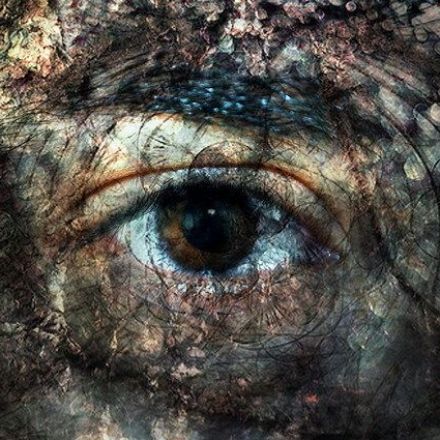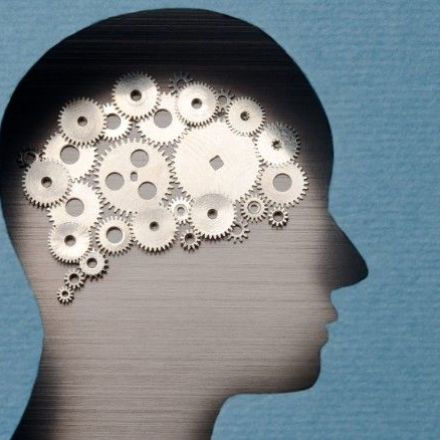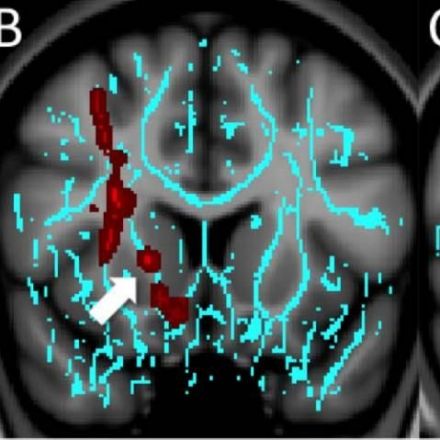Thank you
Your email has been added to our waiting list and we will send an invite to you as soon as possible. Thank you for your patience.
In the meantime, if you happen to run a blog, our newly launched Blog Enhancement Suite can utilize the immense power of community to help you get more audience, engagement, content, and revenue with your own embeddable community! It will breathe new life into your blog and can automate many of the tedious tasks that come with the territory, so you can focus more on what matters most... writing.
Help spread the word about Snapzu:
Let others know about Snapzu by tweeting about us. We appreciate every mention!
Tweet it!





























Join the Discussion
Great post! One other thing I would add is that many disorders aren't diagnosed until later in development (i.e., adolescence and early adulthood) because it can be difficult to discuss internalizing symptoms when still a child. During childhood, the main disorders are behavioral (e.g., ADHD, ODD) because that's something we can see regardless of communication. Once people get the ability to actually talk about their emotions, we can then diagnose mood disorders with greater confidence. Just another developmental component that can cause an artificial "spike" in diagnoses, when really they've been present for awhile in many "new" diagnoses.
In addition, having a diagnosis typically requires some level of impairment to daily functioning. School is structured enough that even students who are struggling may be able to function well day-to-day, but after leaving grade school the difficulties become more obvious. The problem has been there a long time, the environment has just changed and makes it easier to identify.
Thanks for sharing!